Textile art practices around the world are as diverse as the cultures that create them. Some are ancient, passed down through generations, while others are unique to specific regions or communities. These techniques are often deeply intertwined with cultural identity and tradition, making them fascinating to explore. In this article, we’ll dive into some intriguing textile art practices you may have never heard of, each one offering a glimpse into the rich heritage of its origin.
Aizome (Japanese Indigo Dyeing)
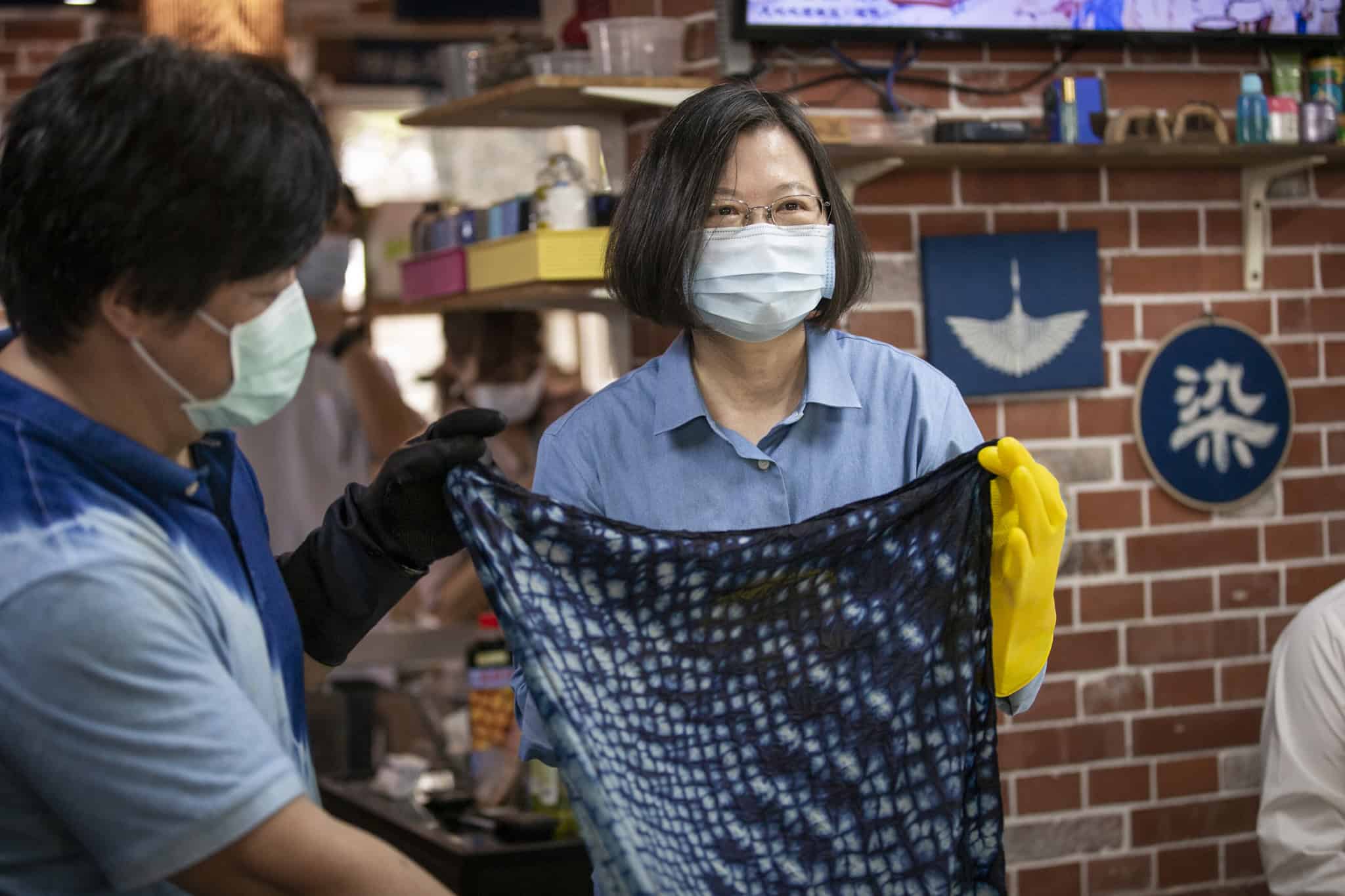
Aizome is the art of dyeing fabric with indigo, a tradition that has deep roots in Japan. The process involves fermenting indigo leaves to create a rich, deep blue dye. Artisans carefully prepare the fabric, repeatedly dipping it in the dye and allowing it to oxidize between dips. Each piece of fabric can take days to achieve the desired hue. The resulting textiles are known for their vibrant blue color and durability. This practice is not just about color but also about connecting with nature and tradition.
Sadu Weaving (Bedouin Textiles)
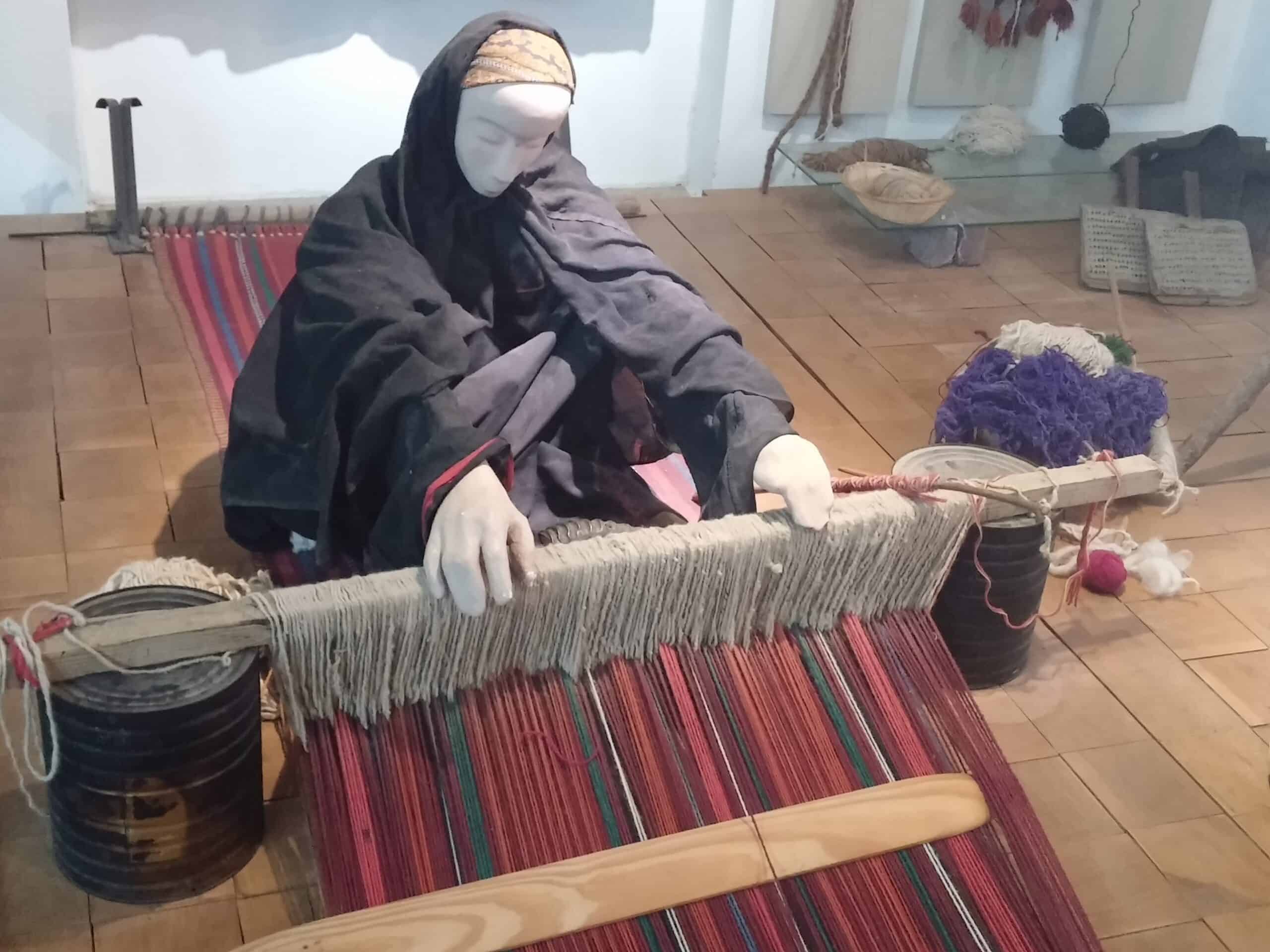
Sadu weaving is an intricate craft practiced by Bedouin women in the Arabian Peninsula. The weavers use a simple loom to create vibrant, geometric patterns on woolen textiles. These patterns often have symbolic meanings, representing aspects of Bedouin life and environment. The process is labor-intensive, with weavers spending hours on a single piece. The textiles produced are used for tents, rugs, and cushions. Sadu weaving is not only an art form but also a vital part of Bedouin cultural heritage.
Chilkat Weaving (Tlingit Art)
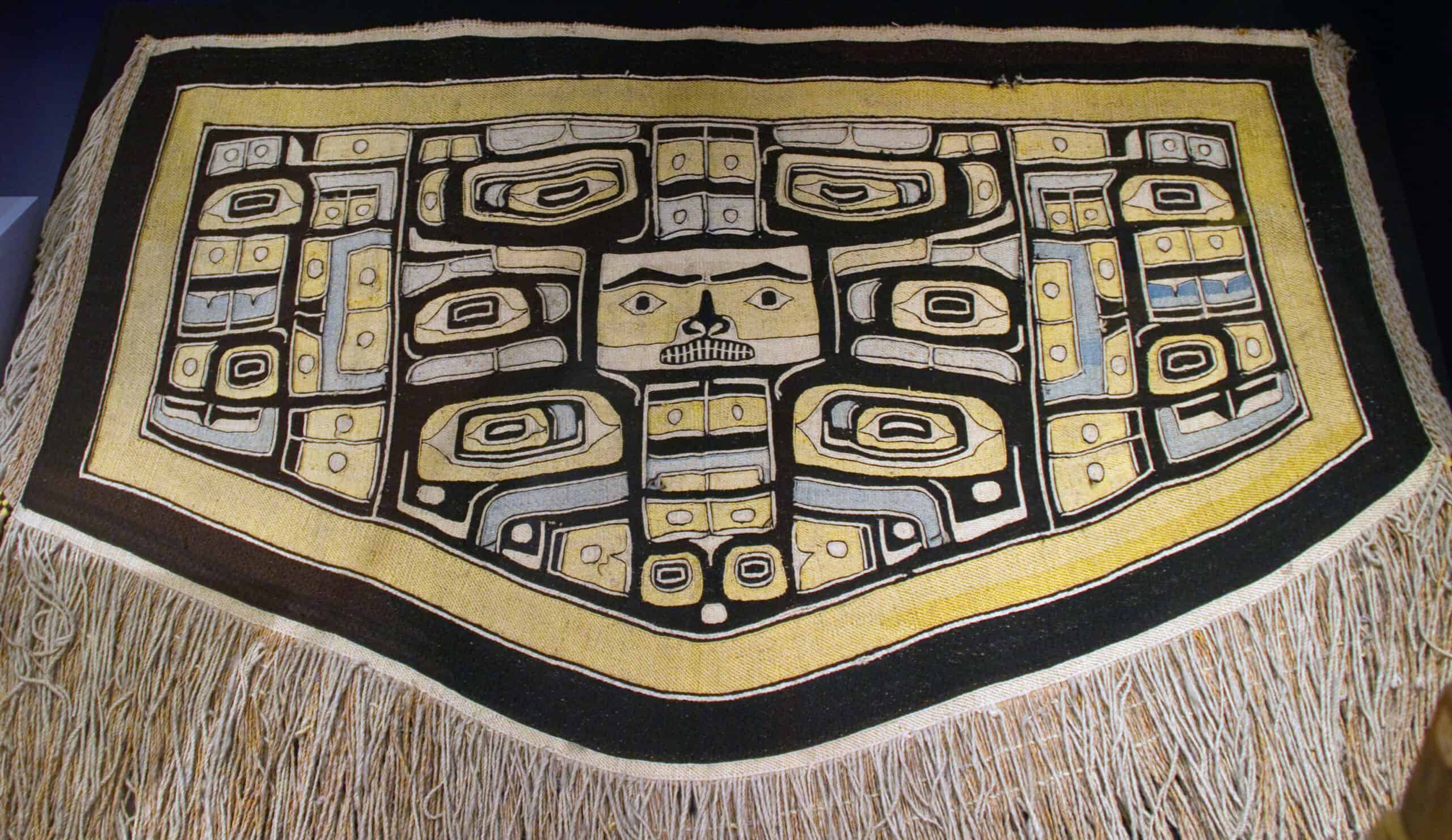
Chilkat weaving is a complex and revered textile art from the Tlingit people of the Pacific Northwest. It involves weaving mountain goat wool and cedar bark into intricate patterns, often depicting animals and clan symbols. The process is slow and meticulous, with weavers spending years to complete a single robe. Each piece tells a story, carrying deep cultural and spiritual significance. Chilkat robes are worn during ceremonies and are considered treasures in Tlingit culture.
Kente Cloth Weaving (Ghanaian Textile Art)
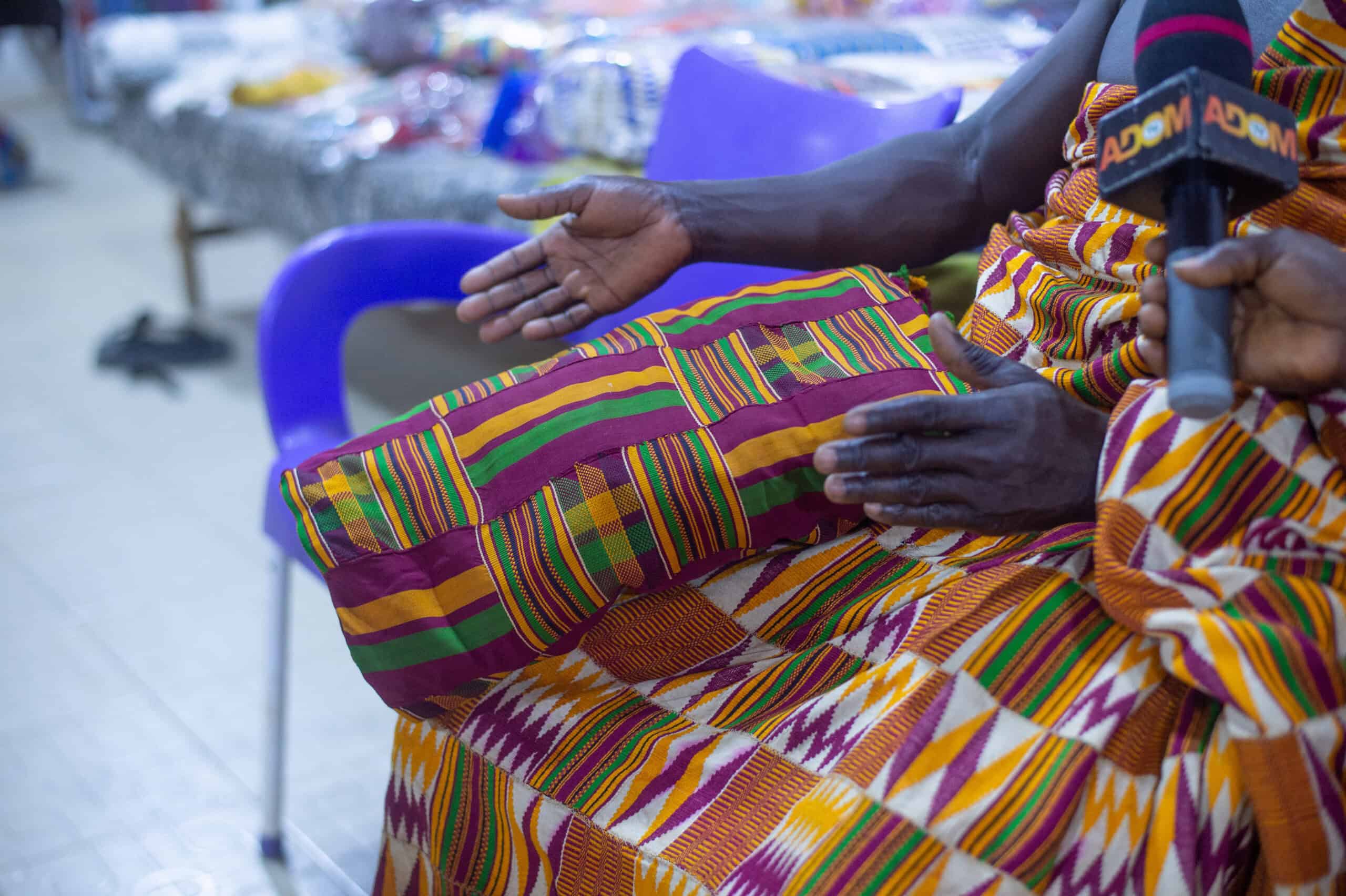
Kente cloth is a brightly colored, intricately woven fabric that originates from the Ashanti people of Ghana. The weaving is done on a narrow loom, creating strips of cloth that are later sewn together. Each pattern and color combination has specific meanings, often related to historical events, proverbs, or local beliefs. The weavers use silk and cotton threads, creating textiles that are both beautiful and meaningful. Kente cloth is traditionally worn during important ceremonies and is a symbol of cultural pride.
Pua Kumbu (Iban Traditional Weaving)
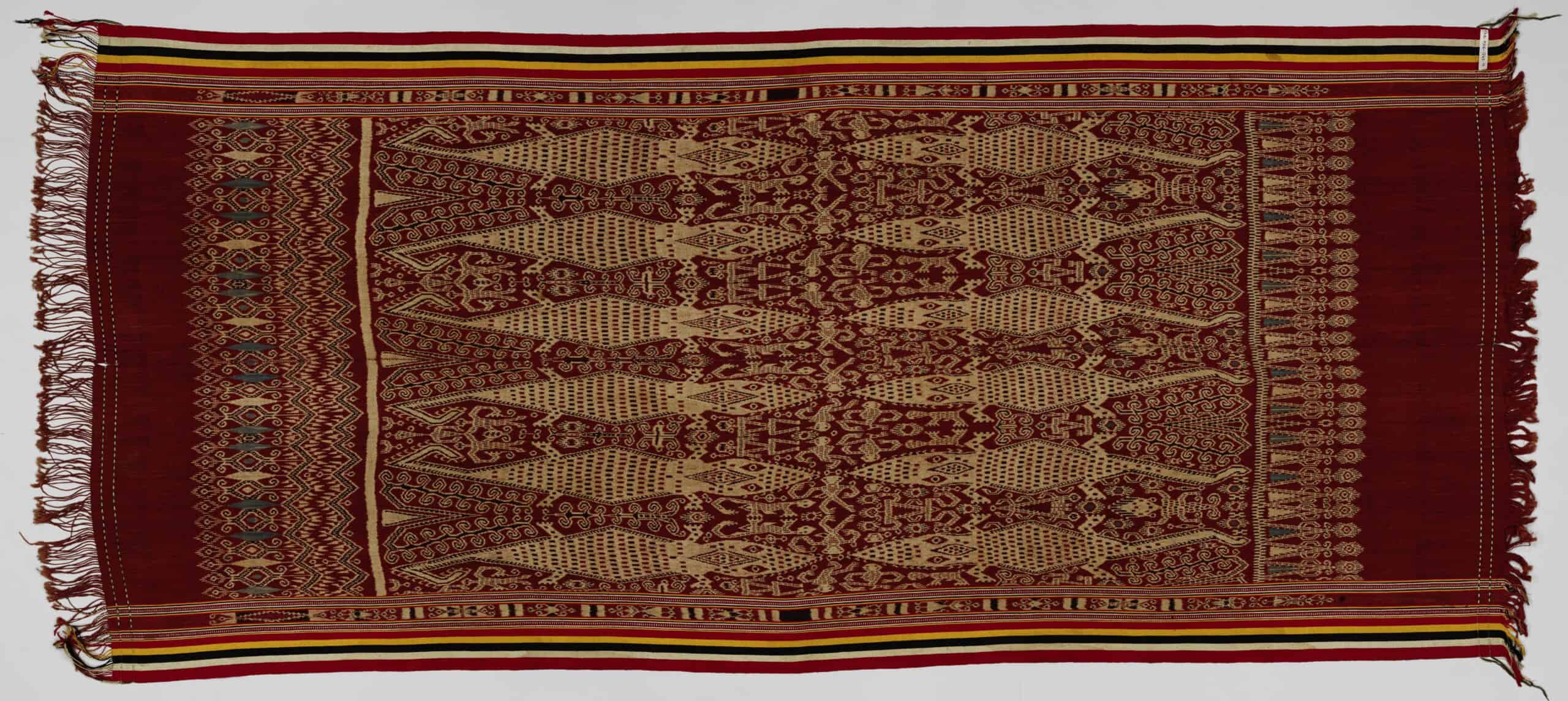
Pua Kumbu is a traditional textile woven by the Iban people of Borneo. The fabric is handwoven on backstrap looms using natural dyes from local plants. The intricate patterns are symbolic, often representing myths, legends, and spiritual beliefs. The weaving process is time-consuming and requires great skill, with some pieces taking months to complete. Pua Kumbu textiles are used in ceremonies and rituals, playing a vital role in Iban culture. The designs are unique to each weaver, reflecting their personal experiences and beliefs.
Sanjiku Tsugihagi (Japanese Patchwork Quilting)
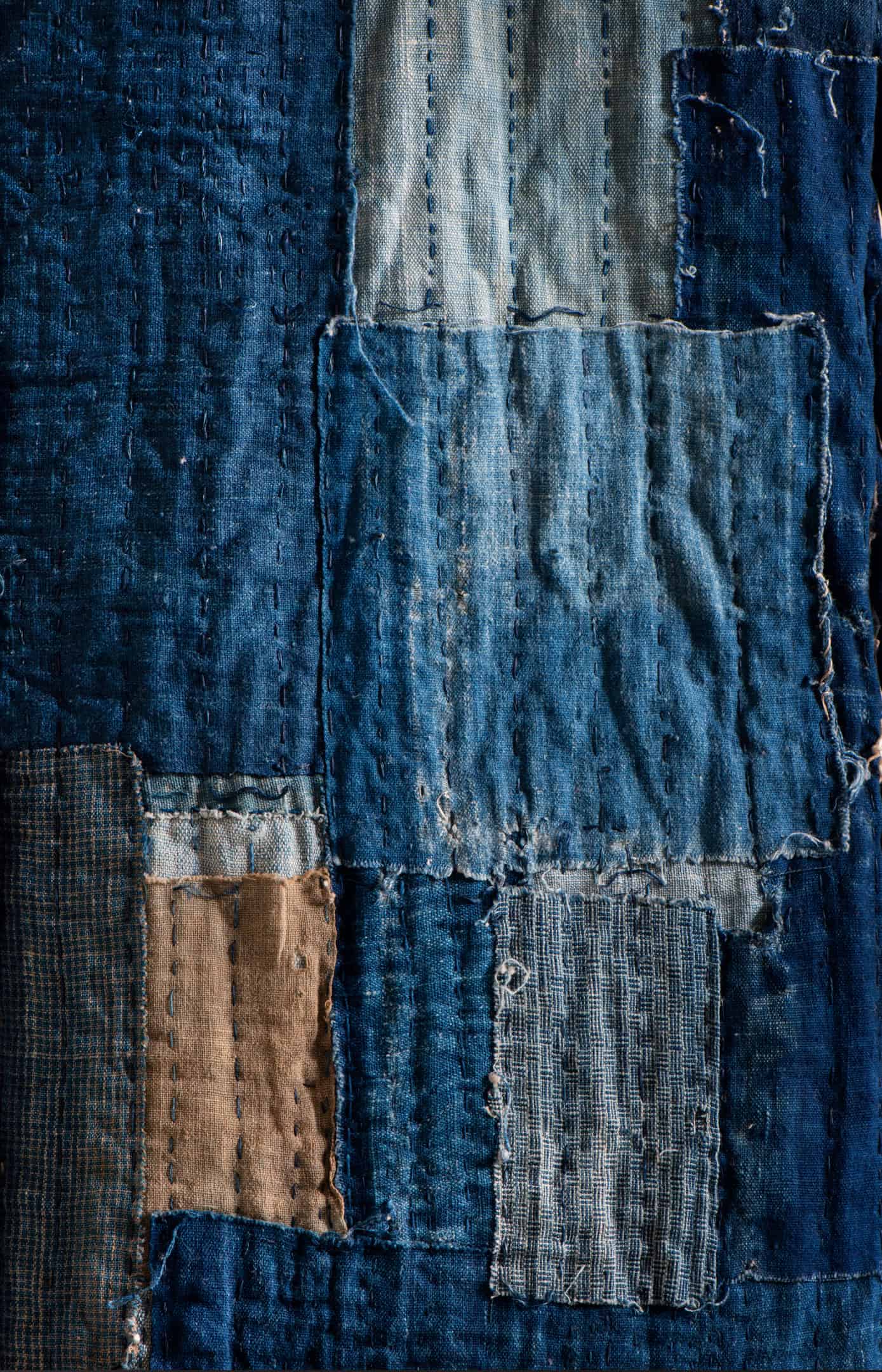
Sanjiku Tsugihagi is a Japanese patchwork technique that involves sewing together small pieces of fabric. This method was traditionally used to make durable clothing and bedding from worn-out fabrics. The patches are often arranged in a geometric pattern, with careful attention to color and texture. The stitching is done by hand, making each piece unique. Sanjiku Tsugihagi is both a practical and artistic practice, reflecting a philosophy of resourcefulness and appreciation for the material.
Kalagas (Burmese Tapestry Art)

Kalagas are elaborate tapestries from Myanmar, crafted with velvet, felt, and metallic threads. The designs are often three-dimensional, featuring intricate embroidery and appliqué work. Scenes from Burmese mythology, history, and religion are commonly depicted. Creating a Kalaga is a laborious process, requiring precision and artistic skill. These tapestries are typically used as wall hangings or decorative panels in religious and ceremonial settings. The rich textures and vibrant colors make Kalagas a striking form of textile art.
Feltmaking in Kyrgyzstan
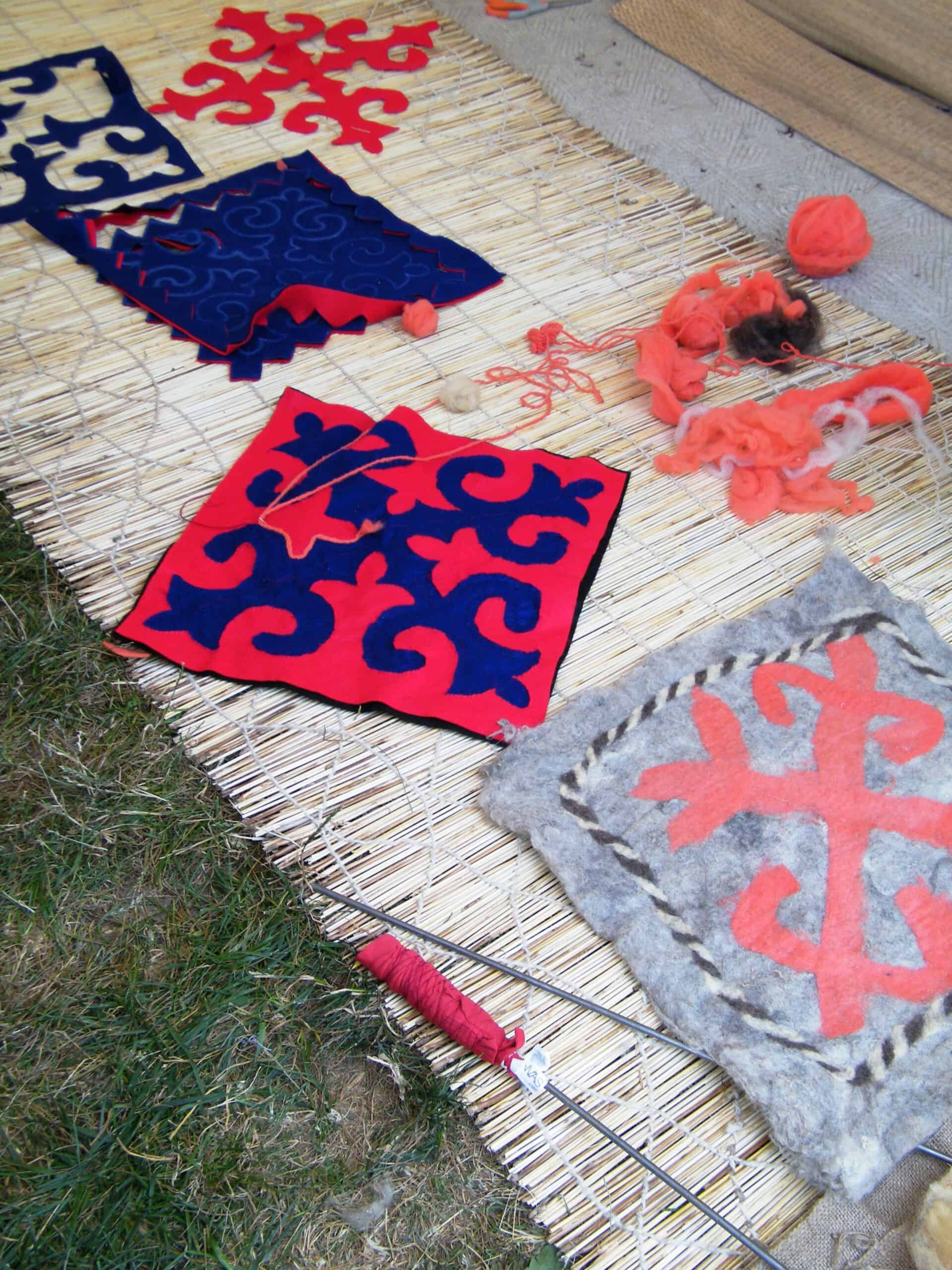
Feltmaking is an ancient craft in Kyrgyzstan, used to create yurts, rugs, and clothing. The process begins with shearing sheep and cleaning the wool, which is then layered and rolled into mats. Water and heat are applied, causing the fibers to mat together and form a thick, durable fabric. Patterns are often added using colored wool, creating designs that reflect Kyrgyz culture and traditions. Felt products are essential to nomadic life in Kyrgyzstan, providing warmth and insulation.
Batik Belanda (Dutch-Inspired Indonesian Batik)

Batik Belanda is a unique form of batik that blends traditional Indonesian designs with Dutch influences. The art form emerged during the colonial period, incorporating European floral patterns and motifs into the classic batik style. Artisans use wax-resist dyeing techniques, applying wax to fabric before dyeing it to create intricate patterns. The combination of cultural elements results in textiles that are both visually stunning and historically significant. This blend of East and West makes Batik Belanda a fascinating study in cultural exchange.
Dhurrie Weaving (Indian Flat-Woven Rugs)
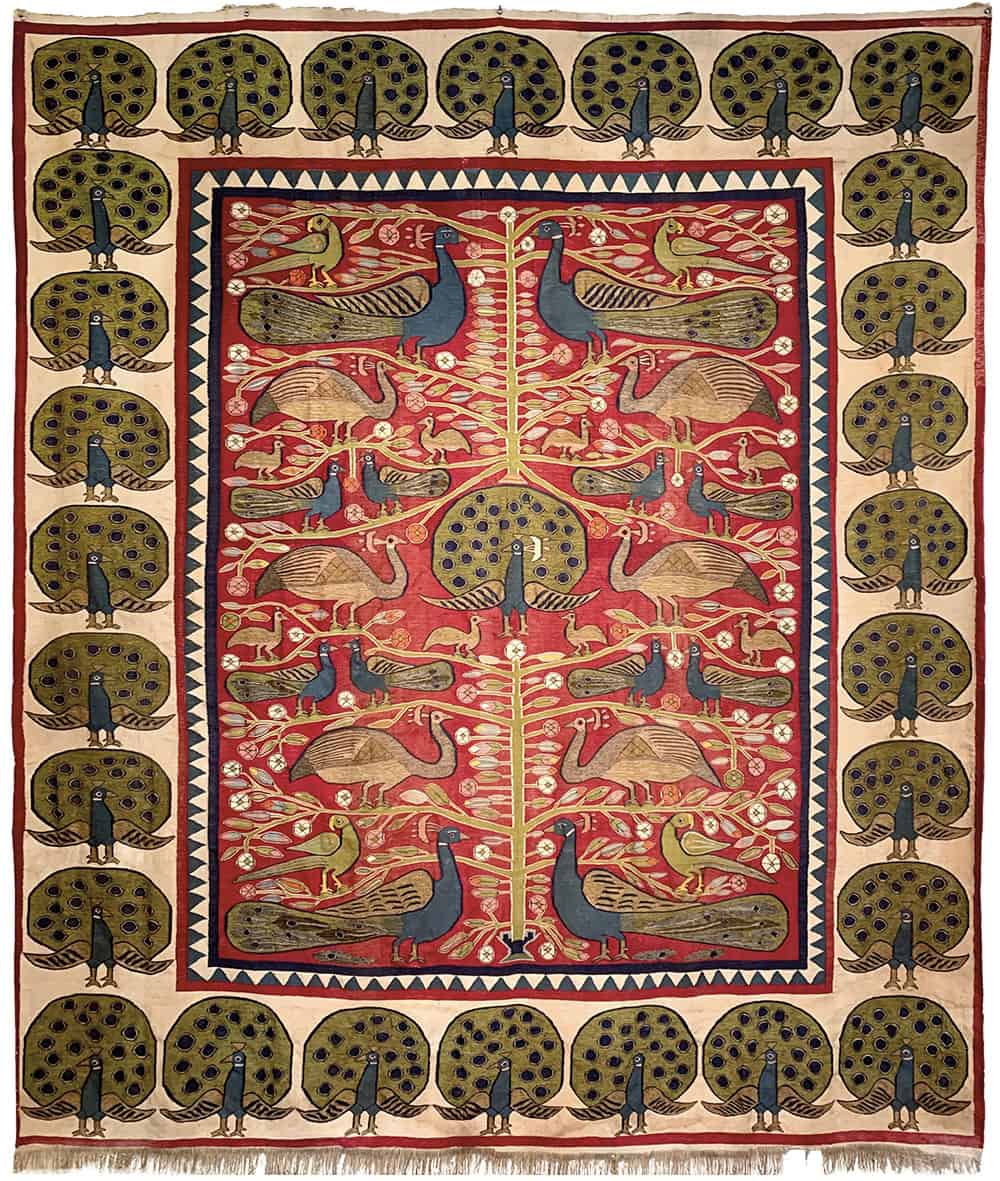
Dhurrie weaving is a traditional Indian craft that produces flat-woven rugs known for their durability and vibrant patterns. Artisans use cotton, wool, or jute to create these rugs, weaving them on a simple loom. The designs are often geometric and bold, reflecting the cultural diversity of India. Dhurries are versatile, used as floor coverings, bedding, or wall hangings. Their lightweight nature makes them easy to transport, which has contributed to their popularity both in India and abroad.
Smocking (English Fabric Manipulation)

Smocking is an English textile art that involves gathering fabric into pleats and securing it with decorative stitching. This technique was originally used to add elasticity to garments before the invention of elastic bands. Smocking creates intricate patterns on the fabric surface, often forming geometric or floral designs. It is typically done by hand, making each piece unique. This art form combines functionality with aesthetic appeal, resulting in garments that are both beautiful and practical.
Asafo Flags (Ghanaian Appliqué Art)

Asafo flags are vibrant textiles created by the Fante people of Ghana, used by military groups known as Asafo companies. These flags are made using appliqué techniques, where pieces of fabric are sewn onto a larger background to create images. The designs often depict historical events, proverbs, or symbols of power. Each flag is unique, serving as a visual representation of the company’s identity and history. Asafo flags are more than just art; they are a form of storytelling and cultural expression.
Temari (Japanese Thread Balls)
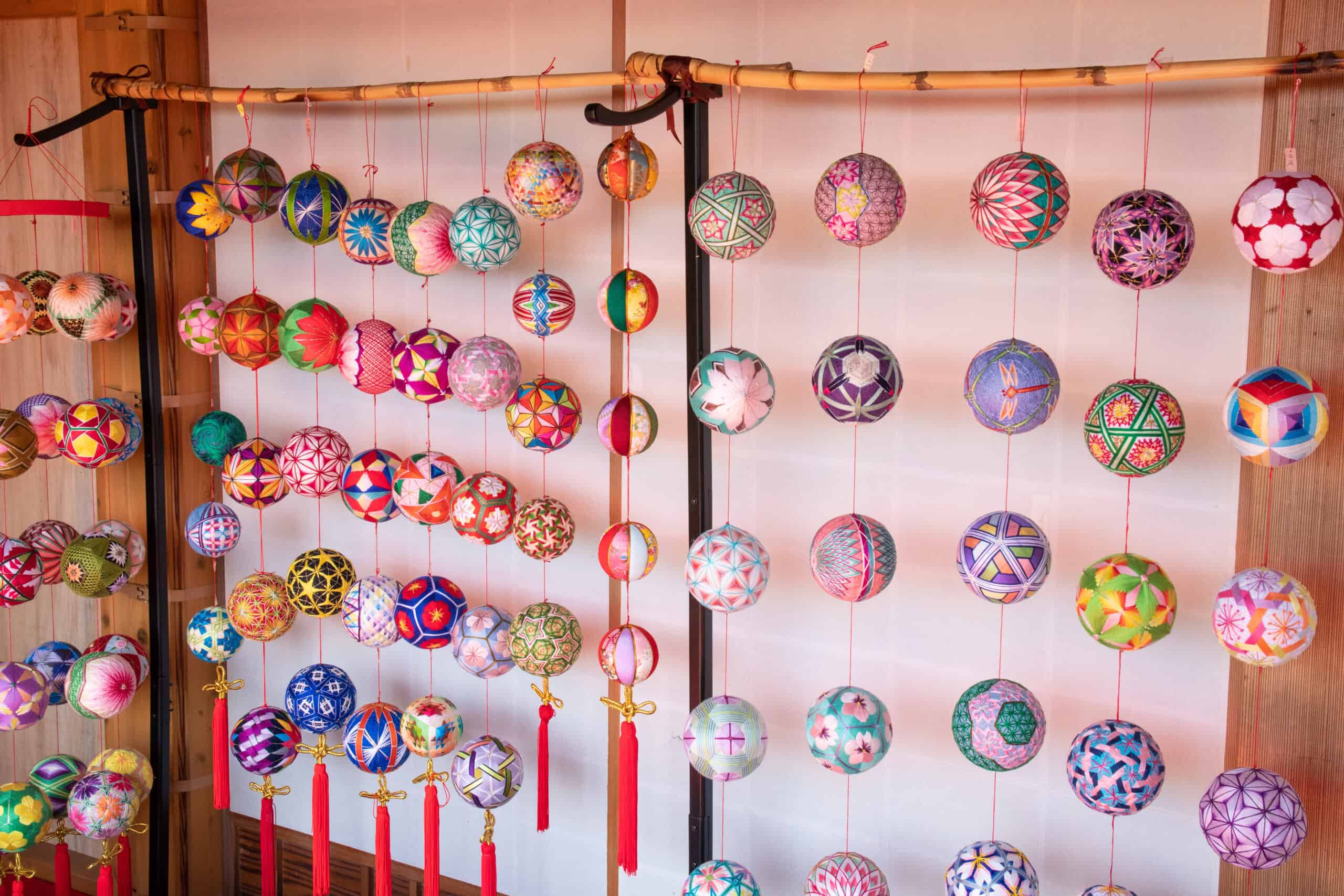
Temari is a traditional Japanese art form involving the creation of decorative thread balls. Originating as children’s toys, Temari has evolved into a highly skilled craft. Artisans wind colorful threads around a core, creating intricate geometric patterns. The designs are often symmetrical, showcasing the precision and patience required to make them. Temari balls are now often given as gifts, symbolizing good luck and happiness. This craft is a beautiful example of how simple materials can be transformed into intricate art.
Kuba Cloth Weaving (Congolese Textile Art)
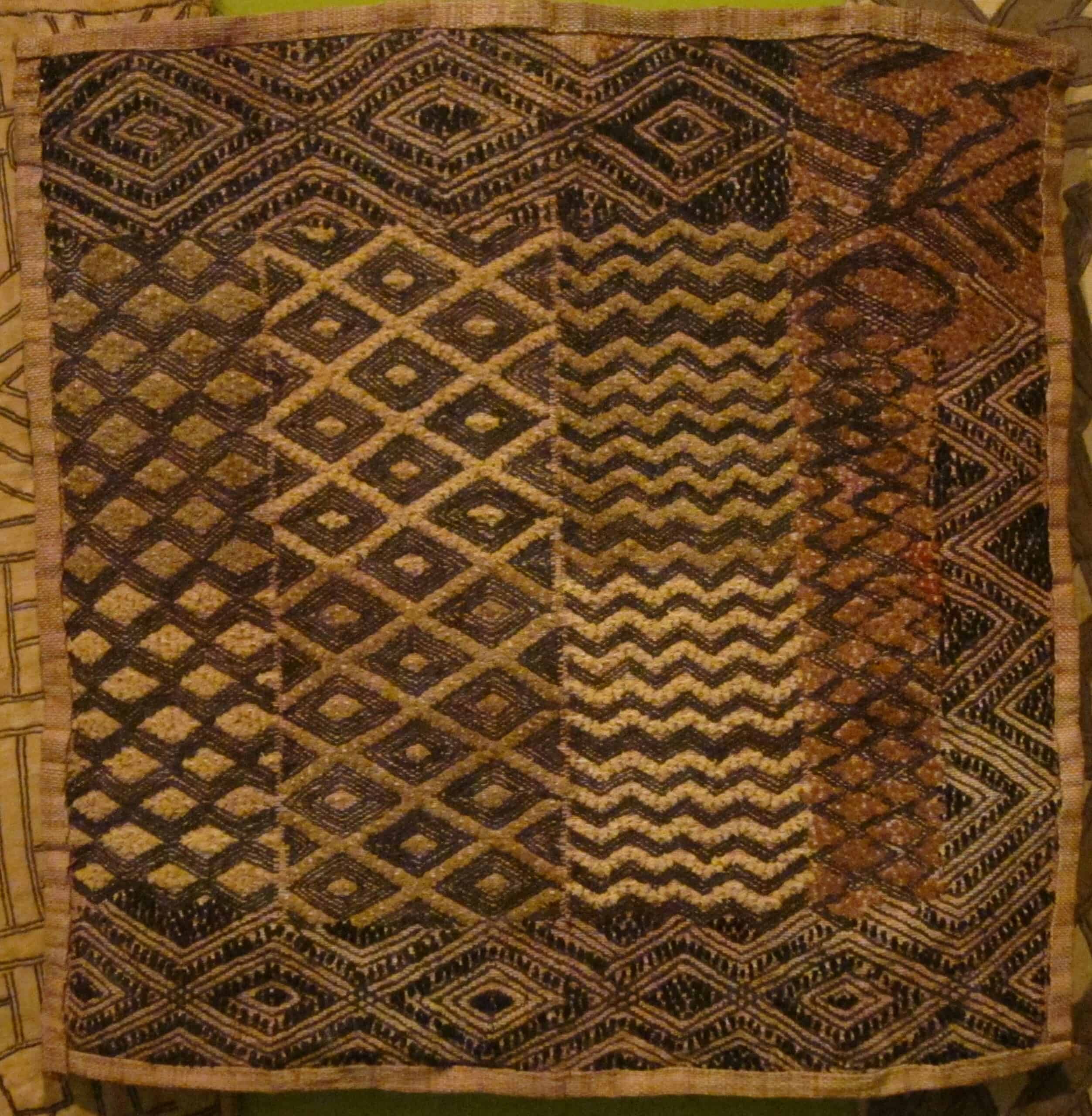
Kuba cloth is a distinctive textile art from the Kuba people of the Democratic Republic of the Congo. The fabric is made from raffia palm fibers, which are handwoven into intricate patterns. Artisans use a variety of techniques, including embroidery, patchwork, and appliqué, to create complex designs. The patterns are often geometric and symbolic, representing various aspects of Kuba culture. Kuba cloth is used in ceremonial clothing, as well as for decorative purposes. Its bold designs and rich textures make it a unique and treasured art form.
Ajrak Printing (Sindhi Block Printing)
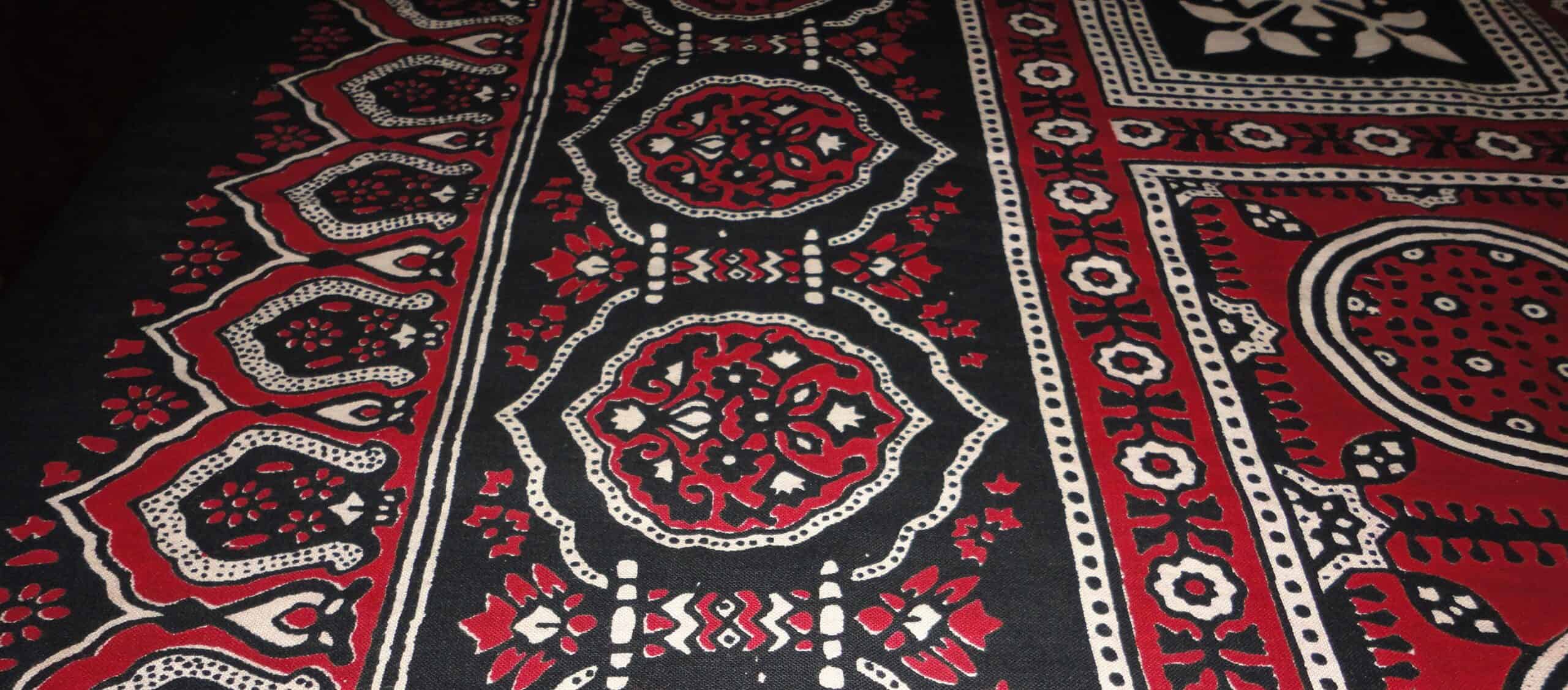
Ajrak printing is a traditional form of block printing practiced in the Sindh region of Pakistan and India. The process involves using wooden blocks to stamp intricate patterns onto fabric, often in deep indigo and rich red colors. The designs are typically symmetrical, featuring geometric shapes and floral motifs. Ajrak fabric is known for its rich colors and complex patterns, which are achieved through multiple dyeing and printing stages. This textile art is deeply connected to the cultural identity of the Sindhi people, symbolizing their heritage and craftsmanship.
Ikat Weaving (Double Resist Dyeing Technique)
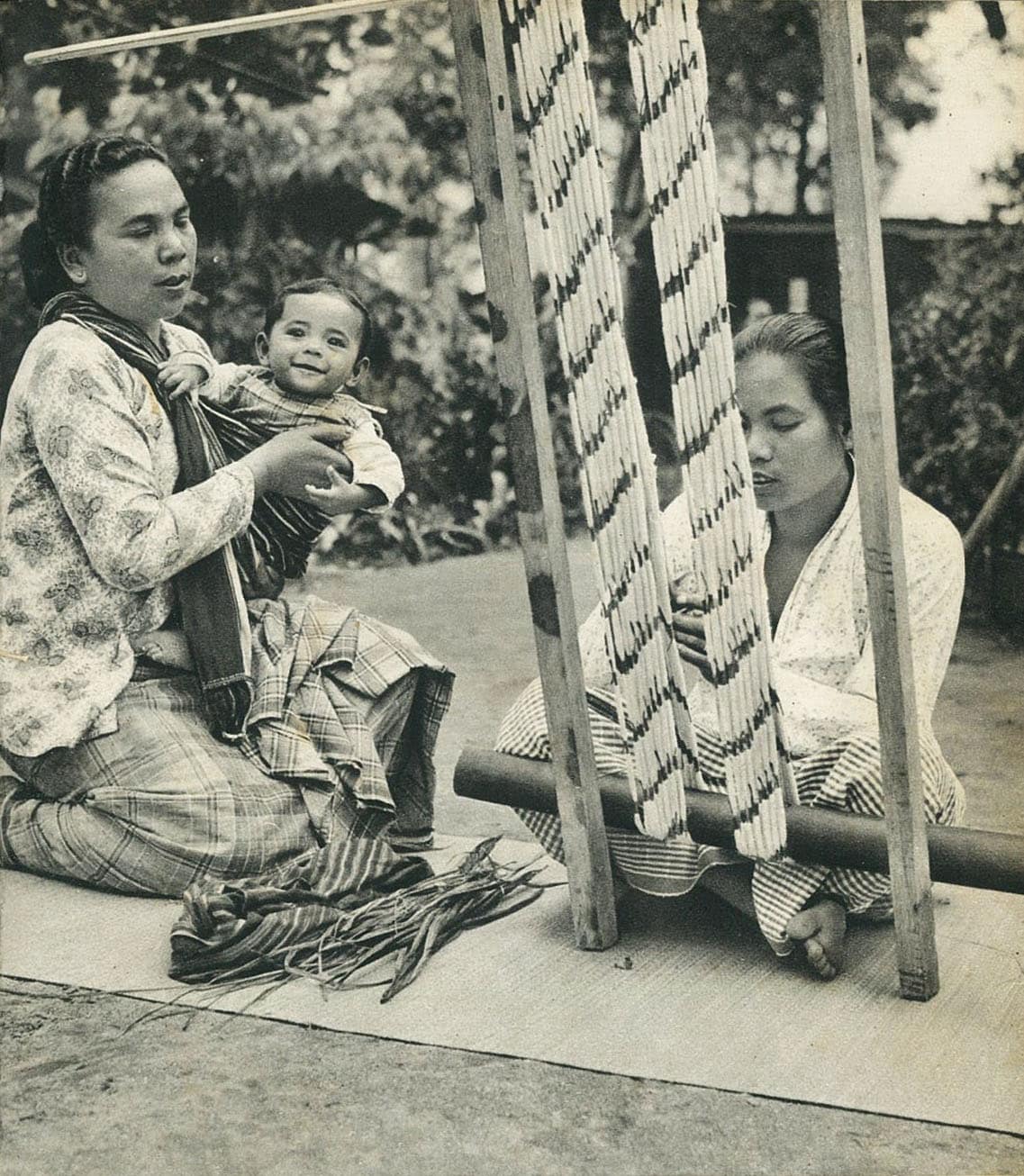
Ikat weaving is a complex textile art that involves dyeing the threads before they are woven into fabric. The threads are tied and dyed in a way that creates a pattern once woven, a process known as resist dyeing. The result is a fabric with blurred, intricate patterns, often featuring bold, geometric designs. Ikat is practiced in various cultures, each with its own unique style and technique. The complexity of the process makes Ikat fabrics highly prized and a testament to the skill of the weavers.
Sashiko (Japanese Decorative Stitching)
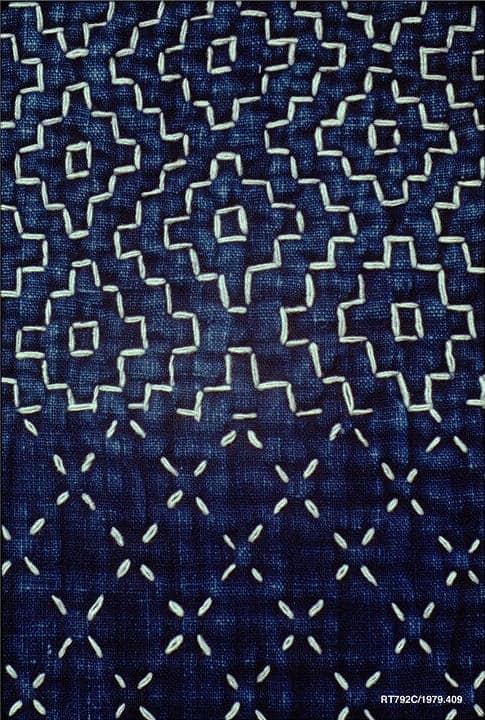
Sashiko is a Japanese textile art that uses simple running stitches to create intricate patterns on fabric. Originally developed as a way to reinforce and repair worn-out clothing, Sashiko has evolved into a decorative art form. The stitches are often white on indigo fabric, forming geometric patterns that are both functional and beautiful. Each piece is stitched by hand, reflecting the care and attention to detail that goes into the craft. Sashiko is admired for its simplicity and elegance, embodying the Japanese aesthetic of wabi-sabi.
This article originally appeared on Rarest.org.
More from Rarest.org
1938 Jefferson Nickel Value Guide
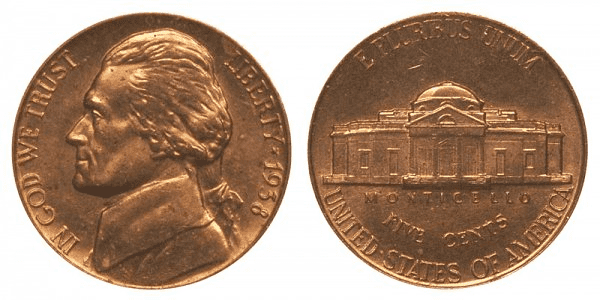
1938 marked the first year for the new design of the 5-cent piece in the US. This year, the Jefferson nickel was born. Read More.
1992 Roosevelt Dime Value Guide
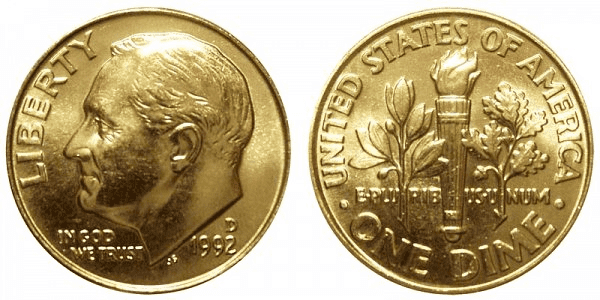
The 1992 Roosevelt dime was issued more than 30 years ago. It is part of the Jefferson dime series and has become a popular addition to the collection of many coin enthusiasts. Read More.
1940 Mercury Dime Value Guide
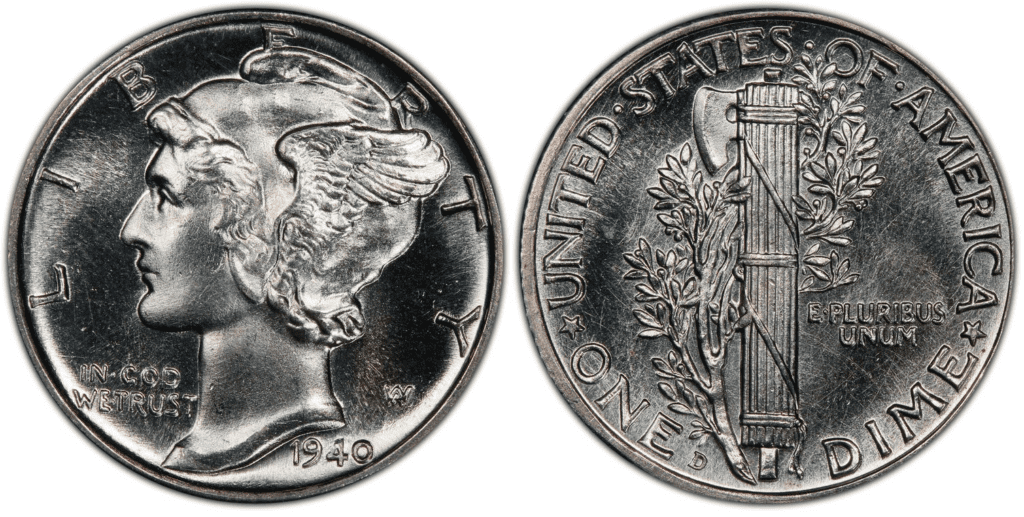
The Mercury dime is among the most popular coins ever produced by the US Mint. It was issued from 1916 to 1945. Read More.
